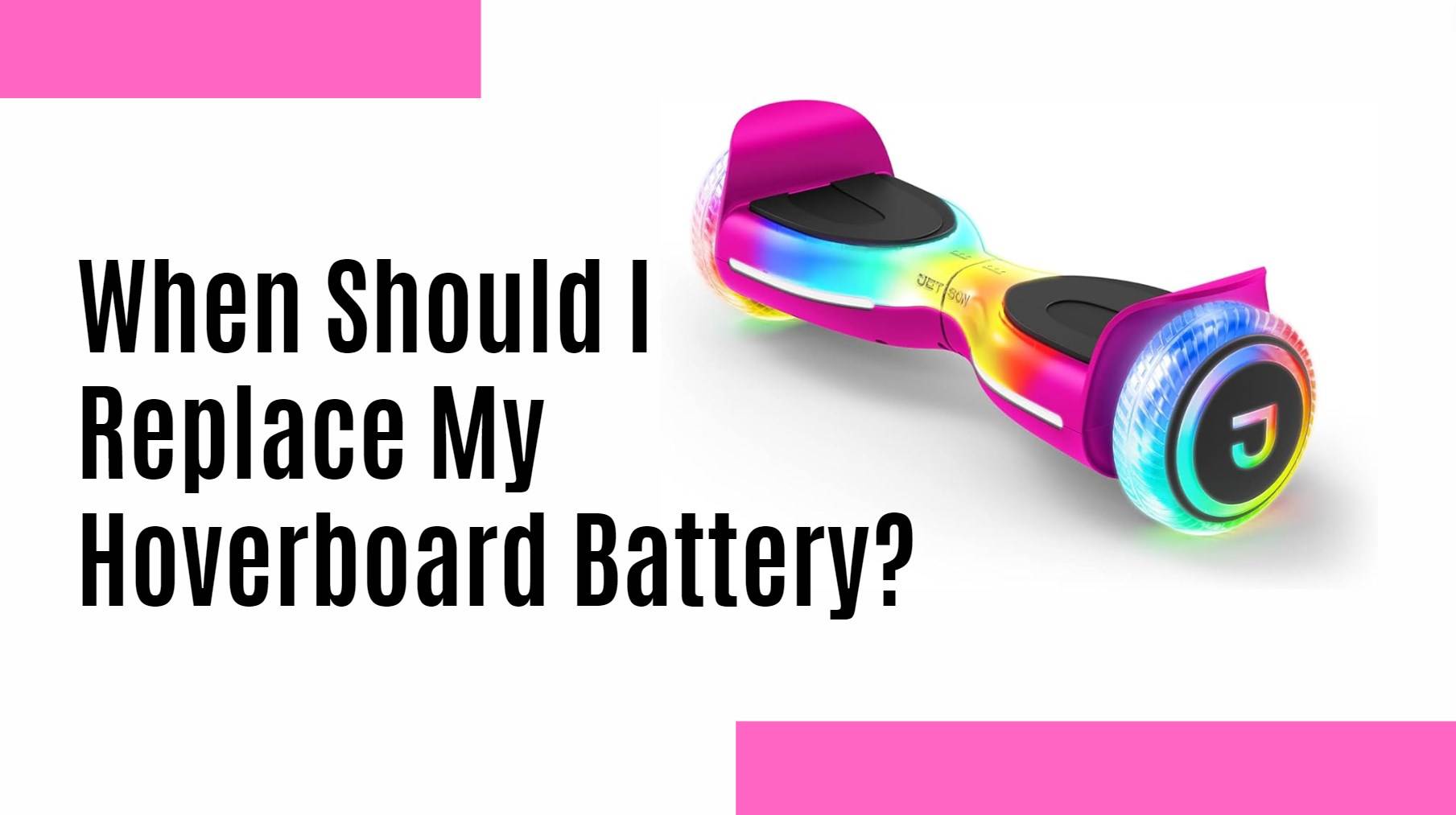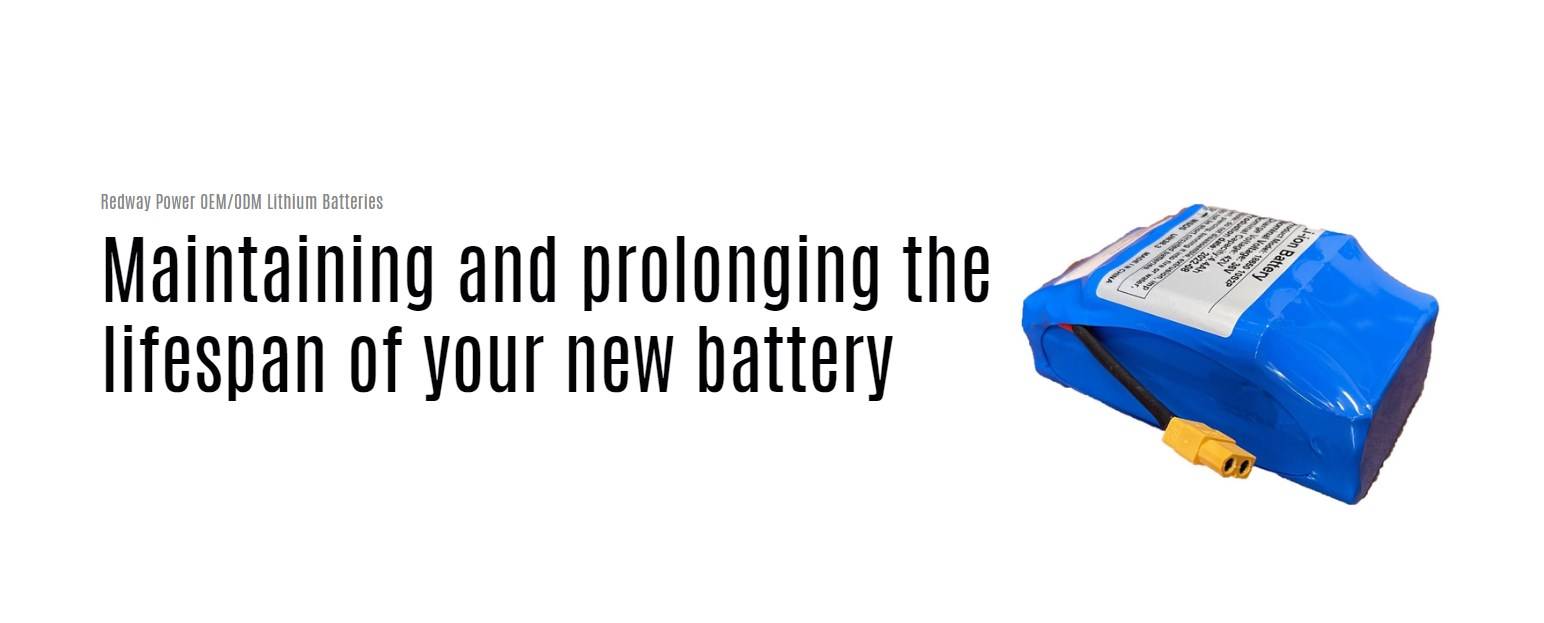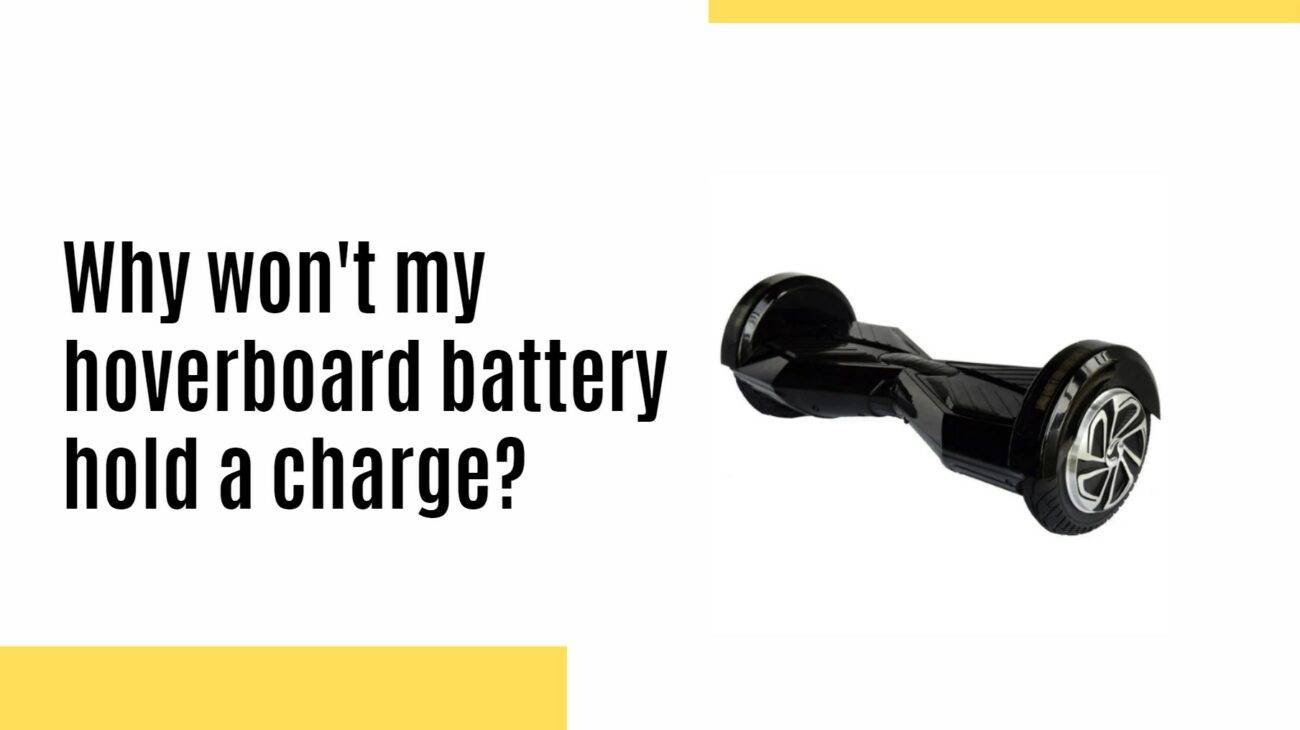- Lithium Golf Cart Battery
- Forklift Lithium Battery
-
48V
- 48V 210Ah
- 48V 300Ah
- 48V 420Ah (949 x 349 x 569 mm)
- 48V 420Ah (950 x 421 x 450 mm)
- 48V 456Ah
- 48V 460Ah (830 x 630 x 590 mm)
- 48V 460Ah (950 x 421 x 450 mm)
- 48V 460Ah (800 x 630 x 600 mm)
- 48V 460Ah (820 x 660 x 470 mm)
- 48V 500Ah
- 48V 560Ah (810 x 630 x 600 mm)
- 48V 560Ah (950 x 592 x 450 mm)
- 48V 600Ah
- 48V 630Ah
-
48V
- 12V Lithium Battery
12V 150Ah Lithium RV Battery
Bluetooth App | BCI Group 31
LiFePO4 Lithium
Discharge Temperature -20°C ~ 65°C
Fast Charger 14.6V 50A
Solar MPPT Charging - 24V Lithium Battery
- 36V Lithium Battery
- 48V Lithium Battery
-
48V LiFePO4 Battery
- 48V 50Ah
- 48V 50Ah (for Golf Carts)
- 48V 60Ah (8D)
- 48V 100Ah (8D)
- 48V 100Ah
- 48V 100Ah (Discharge 100A for Golf Carts)
- 48V 100Ah (Discharge 150A for Golf Carts)
- 48V 100Ah (Discharge 200A for Golf Carts)
- 48V 150Ah (for Golf Carts)
- 48V 160Ah (Discharge 100A for Golf Carts)
- 48V 160Ah (Discharge 160A for Golf Carts)
-
48V LiFePO4 Battery
- 60V Lithium Battery
-
60V LiFePO4 Battery
- 60V 20Ah
- 60V 30Ah
- 60V 50Ah
- 60V 50Ah (Small Size / Side Terminal)
- 60V 100Ah (for Electric Motocycle, Electric Scooter, LSV, AGV)
- 60V 100Ah (for Forklift, AGV, Electric Scooter, Sweeper)
- 60V 150Ah (E-Motocycle / E-Scooter / E-Tricycle / Tour LSV)
- 60V 200Ah (for Forklift, AGV, Electric Scooter, Sweeper)
-
60V LiFePO4 Battery
- 72V~96V Lithium Battery
- Rack-mounted Lithium Battery
- E-Bike Battery
- All-in-One Home-ESS
- Wall-mount Battery ESS
-
Home-ESS Lithium Battery PowerWall
- 24V 100Ah 2.4kWh PW24100-S PowerWall
- 48V 50Ah 2.4kWh PW4850-S PowerWall
- 48V 50Ah 2.56kWh PW5150-S PowerWall
- 48V 100Ah 5.12kWh PW51100-F PowerWall (IP65)
- 48V 100Ah 5.12kWh PW51100-S PowerWall
- 48V 100Ah 5.12kWh PW51100-H PowerWall
- 48V 200Ah 10kWh PW51200-H PowerWall
- 48V 300Ah 15kWh PW51300-H PowerWall
PowerWall 51.2V 100Ah LiFePO4 Lithium Battery
Highly popular in Asia and Eastern Europe.
CE Certification | Home-ESS -
Home-ESS Lithium Battery PowerWall
- Portable Power Stations
When Should I Replace My Hoverboard Battery?

Knowing when to replace your hoverboard battery is essential for maintaining optimal performance. Typically, you should consider replacing your battery after 600 to 1000 charge cycles, or if you notice significant issues like rapid drainage or failure to hold a charge. Regular maintenance and checks can help extend the life of your battery.
What is the lifespan of a hoverboard battery?
The lifespan of a typical lithium-ion hoverboard battery ranges from 600 to 1000 charge cycles, depending on usage and maintenance. Factors such as charging habits, storage conditions, and frequency of use significantly influence how long the battery will last. Generally, with proper care, you can expect a good quality hoverboard battery to last several years.
| Battery Type | Typical Lifespan (Cycles) | Key Features |
|---|---|---|
| Lithium-Ion | 600 to 1000 | High energy density, lightweight |
| Lithium Iron Phosphate | 2000 to 4000 | Longer lifespan, safer chemistry |
How can I tell if my hoverboard battery needs replacement?
To determine if your hoverboard battery needs replacement, follow these steps:
- Check the Charger Light: When plugged in, the charger light should turn red if the battery is charging. If it stays green, this may indicate a problem.
- Test Hoverboard Functionality: After charging, turn on your hoverboard. If it doesn’t power on or shows a blinking red light, the battery may be defective.
- Observe Charge Duration: If your hoverboard runs for significantly less time than it used to after a full charge, it’s likely time for a new battery.
What are the signs of a defective hoverboard battery?
Signs that your hoverboard battery may be defective include:
- Inability to Hold Charge: The hoverboard discharges quickly after charging.
- Charging Issues: The charger light stays green when connected.
- Overheating: The battery becomes excessively hot during charging or use.
- Physical Damage: Any swelling or leakage from the battery casing indicates immediate replacement is necessary.
| Sign of Defect | Description |
|---|---|
| Inability to Hold Charge | Rapid discharge after charging |
| Charging Issues | Charger light remains green |
| Overheating | Excessive heat during operation |
| Physical Damage | Swelling or leakage from the casing |
When should I consider replacing my hoverboard battery?
Consider replacing your hoverboard battery if:
- You’ve reached or exceeded the recommended charge cycle limit (600–1000 cycles).
- You notice any signs of defects such as rapid drainage or failure to charge properly.
- The performance has degraded significantly, affecting usability and safety.
How do I safely replace my hoverboard battery?
To safely replace your hoverboard battery:
- Turn Off and Unplug: Ensure your hoverboard is turned off and disconnected from any power source.
- Access the Battery Compartment: Use a screwdriver to remove screws securing the bottom cover and access the battery compartment.
- Disconnect Old Battery: Carefully disconnect wires from the old battery and remove it from its compartment.
- Install New Battery: Place the new battery in position and reconnect wires securely.
- Reassemble: Replace the bottom cover and secure it with screws before testing your hoverboard.
Frequently Asked Questions
- What is the lifespan of a hoverboard battery?
The typical lifespan ranges from 600 to 1000 charge cycles for lithium-ion batteries. - How can I tell if my hoverboard battery needs replacement?
Check if the charger light stays green when plugged in or if your hoverboard discharges quickly after charging. - What are the signs of a defective hoverboard battery?
Signs include inability to hold charge, overheating during use, and physical damage like swelling. - When should I consider replacing my hoverboard battery?
Replace your battery after reaching its cycle limit or if you experience significant performance issues. - How do I safely replace my hoverboard battery?
Turn off your device, access the compartment, disconnect the old battery, install the new one, and reassemble securely.
Industrial News
The market for electric scooters and personal mobility devices continues to grow, with advancements in lithium-ion technology improving safety and longevity. Manufacturers are focusing on developing batteries that not only last longer but also charge faster and operate more efficiently. As consumer demand increases, companies are investing in research to enhance overall performance while reducing environmental impact through sustainable practices.
Redway Power Expert Views
“Understanding when to replace your hoverboard’s battery is crucial for safety and performance,” says an expert from Redway Power. “Regular maintenance checks can prolong its life significantly, but knowing when it’s time for a replacement ensures you enjoy uninterrupted rides.”















